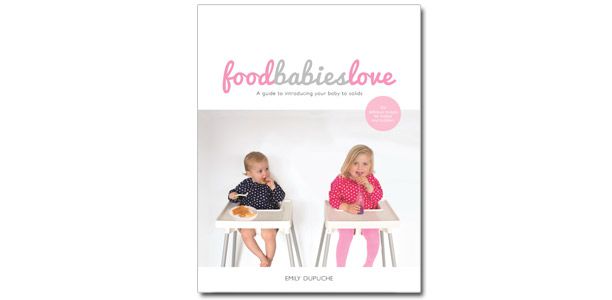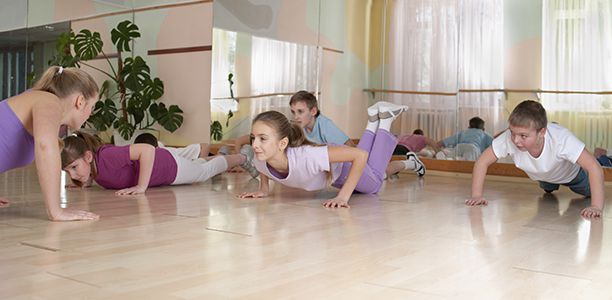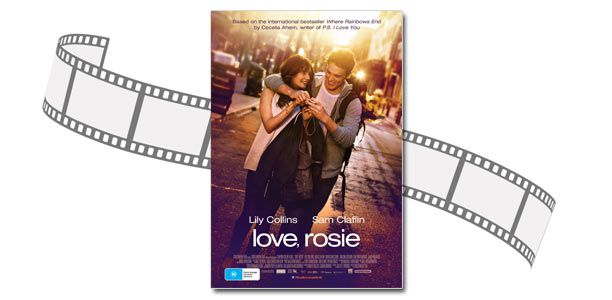Induction of labour is a common procedure used to start the process of labour and childbirth. You may have heard it referred to simply as induction or getting induced. It is a way of artificially starting the process of childbirth, for babies who are physically ready to enter the world, but aren’t interested in leaving the cosy cocoon of mum’s womb.
But induction of labour does involve some risks for mother and baby, so will only be performed when the benefit of the procedure outweighs the risks.
How common is induction?
More than one in four pregnant women end up getting induced because:
- Their baby is overdue but needs a little bit of coaxing out into the world;
- They have a medical condition (most commonly diabetes) or pregnancy complication (most commonly premature rupture of the membranes) which creates health risks if they continue the pregnancy; or
- There is something wrong with the baby for example it is not growing properly, and may be in danger if the pregnancy continues.
However even in these situations, the doctor may not induce labour. If, after having the risks and benefits of induction of labour explained, the pregnant woman does not agree to be induced the procedure will not be performed.
When is induction dangerous?
There are also some situations when labour will not be induced because it is too dangerous (no matter how much mum is ready and willing to do just about anything to get baby out of there). These are usually situations in which a vaginal birth is not possible, and a caesarean section is the recommended method of bringing baby into the world.
Labour will not be induced unless the baby is doing everything just right. For example, if baby is not in the right position for vaginal birth (malpresentation) or the position of the umbilical cord poses a danger during vaginal birth, induction of labour is contraindicated meaning it’s a big no-no in doctor speak.
Similarly if the placenta or umbilical vessels are covering mum’s cervix, (conditions referred to as placenta praevia and vasa praevia respectively) getting induced is out of the question. If baby experiences sudden changes that indicate it may be distressed, for example if its heart rate slows down or it is not getting enough oxygen, induction is too dangerous.
Mums also needs to be just right to undergo induction of labour and vaginal delivery of their baby. Doctors won’t induce women with cephalopelvic disproportion (which means there’s not enough room for baby’s head to pass through their pelvic bone). For those with viruses (like HIV and genital herpes) that may infect their baby during normal medical procedures carried out for induction of a vaginal delivery such as breaking the waters, , induction of labour also poses too great a risk.
Ripening the cervix for induction of labour
 But mum’s cervix also needs to be just right, or to use the correct medical term, the cervix must be ripe. The cervix is the entrance to the womb and it’s usually closed off to prevent all but the tiniest of particles (think sperm) entering the womb. However before the baby can move from the uterus through to the vagina to be born, the cervix needs to open up, or dilate to make room for baby’s head to pass through. The ripeness of the cervix is assessed by calculating the Bishop’s score.
But mum’s cervix also needs to be just right, or to use the correct medical term, the cervix must be ripe. The cervix is the entrance to the womb and it’s usually closed off to prevent all but the tiniest of particles (think sperm) entering the womb. However before the baby can move from the uterus through to the vagina to be born, the cervix needs to open up, or dilate to make room for baby’s head to pass through. The ripeness of the cervix is assessed by calculating the Bishop’s score.
As the cervical canal becomes wider it shortens and softens in preparation for baby’s passage. If all’s going well and baby’s in the correct position, this means the cervix is ready for childbirth, and labour can be induced.
If the cervix is not ripe, induction of labour is not out of the question. But the cervix must be ripened, by applying a gel or pessary containing chemicals called prostaglandins which help the cervix dilate, or by transcervical foley catheter, a procedure in which a catheter is inserted into the cervix to encourage it to soften and dilate. That usually takes at least six hours with prostaglandin gel and 12-18 hours with a transcervical foley catheter.
Induction of labour
Once the cervix is just right (ripe) and the woman’s bladder empty, induction of labour can begin. There are two techniques; artificial rupture of the membranes and administration of the hormone oxytocin, which may also be used in combination.
Artificial rupture of the membranes is a procedure in which a small cut is made to the pregnancy membranes, the amnion and chorion, causing them to rupture. When labour occurs spontaneously, these membranes rupture without intervention, in a pregnancy event often referred to as the ‘waters breaking’. Once the membranes are ruptured doctors may wait for labour to start spontaneously, induce labour with oxytocin or use augmentation of labour techniques.
Oxytocin is a hormone produced naturally by the human body which stimulates contractions of the uterus (those same contractions which help move baby out into the world during childbirth). So administering a bit of extra oxytocin is an effective way of stimulating labour contractions. If this hormone is administered, the woman will be attached to a monitor which track her uterine contractions and her baby’s heart rate.
Childbirth after induction
Sometimes there are complications, for example uterine contractions fail to start or gain sufficient momentum for labour, uterine contractions occur too quickly or the baby’s heart rate changes. In these cases the hormones used to induce labour may be withdrawn, and sometimes an emergency caesarean section needed.
However, most women go on to deliver their baby vaginally after induction of labour. It is a common procedure performed in more than one in four pregnancies. As the procedure will only be performed when the benefits for both mum and bub outweigh the risks, you can rest assured that there’s a good reason, if your doctor asks you to consider induction of labour.
Read more…
References
- Queensland Government. Queensland Clinical Guidelines: Induction of labour. [Online, last updated Jan 2014; cited 7th June 2014] Available from (URL Link)
- King Edward Memorial Hospital, Perth, Australia, Clinical Practice Guideline section B 5.1 Induction of labour. [Online, last updated Apr 2011; cited 7th June 2014] Restricted access guideline.
- King Edward Memorial Hospital, Perth, Australia, Clinical Practice Guideline section B 5.1.5 Vaginally administered prostaglandins. [Online, last updated Apr 2011; cited 7th June 2014] Restricted access guideline.
- King Edward Memorial Hospital, Perth, Australia, Clinical Practice Guideline section B 5. Intrapartum care. [Online, last updated Aug 2013; cited 7th June 2014] Available from: (URL Link)
- King Edward Memorial Hospital, Perth, Australia, Clinical Practice Guideline section B 5.1.13 Oxytocin infusion. [Online, last updated Aug 2011; cited 7th June 2014] Available from: (URL Link)
- Li Z, Zeki R, Hilder L & Sullivan EA 2013. Australia’s mothers and babies 2011. Perinatal statistics series no. 28. Cat. no. PER 59. Canberra: AIHW. Available from: (URL Link)
- Women’s and Children’s Health Network. Caesarean Section. 2014. (cited 26 September 2014). Available from: (URL Link)




















